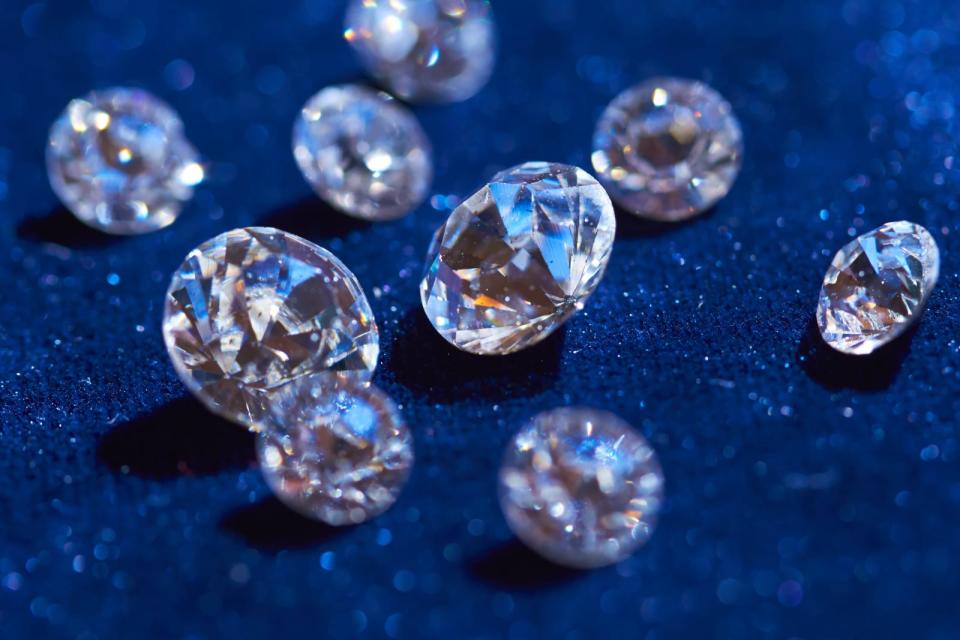Silicon-laced diamonds could lead to practical quantum computers
A little bit of silicon turns diamond defects into better quantum bits.
Scientists already believe that diamonds could be a solid foundation for practical quantum computers. You can use atom-scale defects in diamond to store quantum bits that hold contradictory data (say, both on and off) in a way that lets you read the data without the risk of changing it. But there's a problem. The most common defect, where nitrogen atoms replace carbon atoms, emits such a broad range of light that it's too inaccurate to be useful. However, a team of researchers may have a way to keep those inaccuracies to a minimum: slip in some silicon, which emits a much narrower range of light.
The trick involves whittling down a synthetic diamond until it's just 200 nanometers thick, etching optical cavities into its surface (to increase the brightness of light emissions) and using a special nanoscale implanter to shoot silicon ions into those cavities. You can only inject a limited amount of silicon if you do nothing else, but the team managed to create more silicon-filled defects by blasting the diamond with electron beams (which creates more cavities) and heating the diamond until the holes moved around and bonded with silicon. The more you repeat this process, the more defects you get.
The technology isn't ready for prime time. The resulting defects aren't quite in their ideal locations (they're about 50 nanometers off), so they don't emit enough light to maintain the quality researchers would like. This is much better than previous approaches, though, and hints that real, diamond-based quantum computers are within reach.


